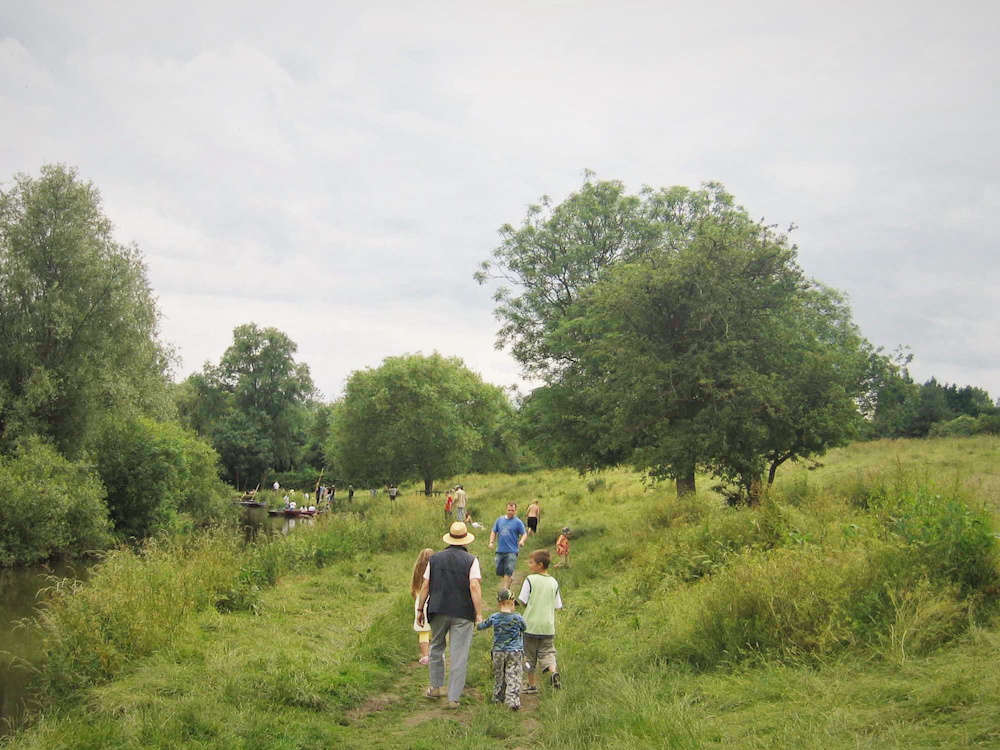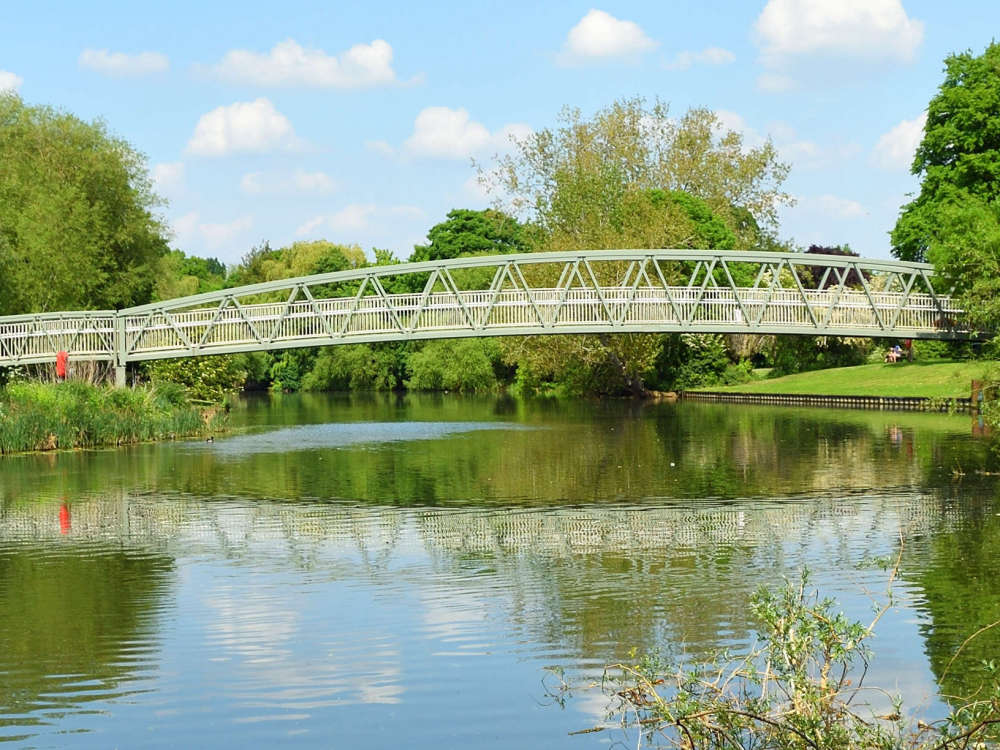
Cambridge University Hospitals (CUH) has hit the target to vaccinate 75% of frontline staff, which is worth just under £700,000 to the Trust.
All NHS hospital trusts have financial and operational incentives to encourage staff to take up the annual influenza vaccination. This year our commissioners agreed to offer us £670,000 if 75% of our staff were vaccinated. In the past three years the average annual uptake at Cambridge University Hospitals NHS Foundation Trust has been 50.6%.
In October, CUH launched ‘Flubusters’, a campaign to support the hospital’s objective to improve the vaccination rate and increase visibility amongst frontline staff.
‘Flubusters’ was created based on the new Ghostbusters film – ‘we aint afraid of no flu! We’ve had our jab! Have you?’, ‘who you gonna call? Your local flu vaccinator!’ The idea was to create an environment in which flu immunisation was known about, accepted as the right thing to do and where staff encouraged one another to get vaccinated.
Cambridge University Hospital’s Director of Workforce, David Wherrett, said: “The closure of hospital wards and staff sickness due to flu directly affects our ability to care for patients, restricts patient flow and has a financial impact.
“The ‘Flubusters’ campaign, in just 29 working days, helped to vaccinate 65% of frontline staff.
“In the past couple of months, we’ve given the campaign an extra push and have now hit our target by achieving 75.4%, this is an increase of 22% compared to last year.
“Our vaccine uptake is considerably higher than the national average and we are the fourth highest in the Shelford group of hospitals and third in the region.”
Becky O’Shaughnessy, Occupational Health Business Manager at CUH added: “The flu campaign delivery team recognised that to improve uptake, we had to concentrate on engaging staff. By creating the ‘Flubuster’ brand we created a campaign which staff recognised.
“We used our internal channels, created posters, promotional materials, social media and local media coverage to raise awareness. We combined this with operational activities such as pop-up clinics in the concourse, the Treatment Centre and vaccinators visited affected wards with mobile flu clinics. Staff were actively engaging with passing flu team members, which showed the approach worked.”


 Cambridge business targeted by raiders twice in 24 hours
Cambridge business targeted by raiders twice in 24 hours
 Grantchester Meadows to enjoy bright future
Grantchester Meadows to enjoy bright future
 Flying Scotsman returns to Cambridgeshire
Flying Scotsman returns to Cambridgeshire
 Man found stabbed in St Neots car park
Man found stabbed in St Neots car park



